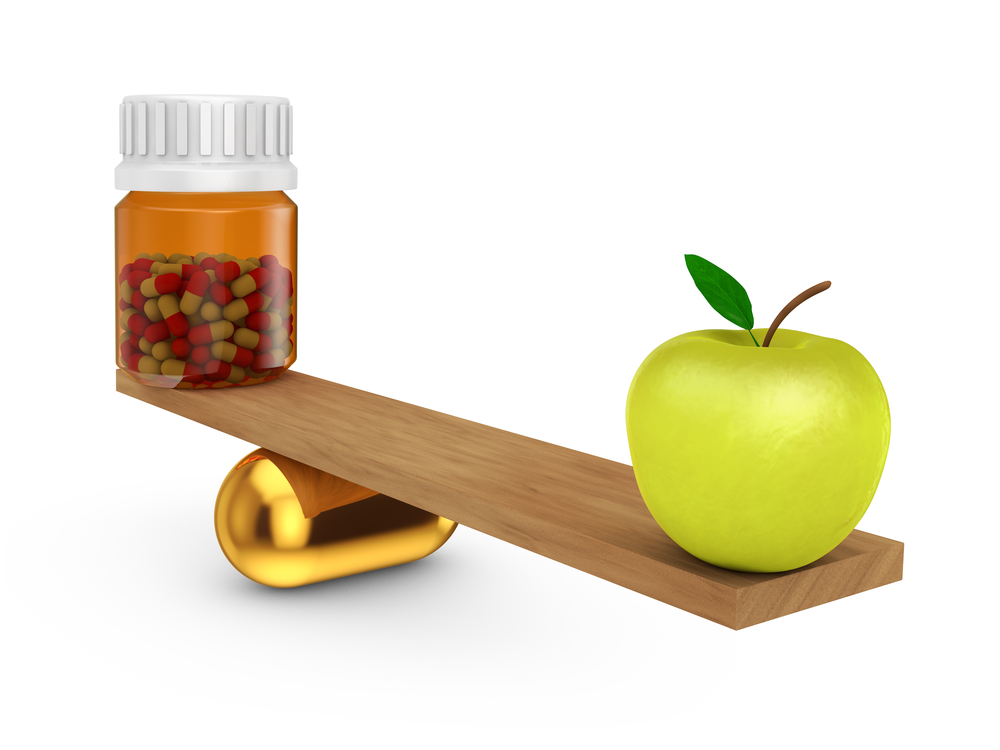In working closely with the elderly, you’re going to deal with a lot of constipation issues. Here are 3 common mistakes in managing constipation that I have seen in my practice and things you should keep an eye out for! Please feel free to add comments below if you have anything to add from your experience.
- Polypharmacy is a major problem and is definitely a significant cause of constipation as there are many medication classes that can cause this problem. Lack of identification of constipation as a side effect is a major problem. Opioids, anticholinergics, calcium channel blockers are just a few examples of medications that can cause or contribute to constipation. Often we need to treat the side effects, but I think it is important to assess if changing these to another medication class or potentially reducing or discontinuing might be a potential option.
- Not using lifestyle modifications. Increasing fluid, fiber, exercise etc. are all viable option to minimize constipation. It is easy to utilize medications that treat constipation, but why have our patients take another pill if they don’t have to?
- Constantly relying on as needed medications. If you identify patients who are having to use prn medications consistently, go ahead and make sure the patient understands that taking them regularly is ok, and can help with regularity of their bowels.
Enjoy the blog? Over 3,000 healthcare professionals have subscribed to receive my FREE 30 medication mistakes PDF – Why haven’t you?



You present an important and very timely topic with spring just around the corner. Most of us are tired of being inside and the thought of spending an afternoon or weekend outside working in the yard, picking up branches, pruning shrubs, preparing the garden spot for planting. I ramble on because the incidence of medication induced constipation will present itself much more frequently. The lazy way out is to take another pill for regularity, but that doesn’t help resolve the issue. The critical component is plain and simple, replace the water homeostasis. You can even calculate the proper amount of ounces needed each day or guestamate at six to eight ounces of pure water (not the stuff from Flint, MI), every three to four hours. Remember to give your patients some early warning signs of fluid imbalance, dry chapped lips, dry or sunken eyes, dizziness or confusion, up to hot and red and fainting. The majority of female patients (all ages) and the elderly are just reluctant to drink water, they don’t like the taste. Recommend a squeeze of lemon in the glass, improves taste and cuts the dry mouth syndrome. Lastly (about time I know), several Meds have a direct impact on the thirst reflex by blocking it.